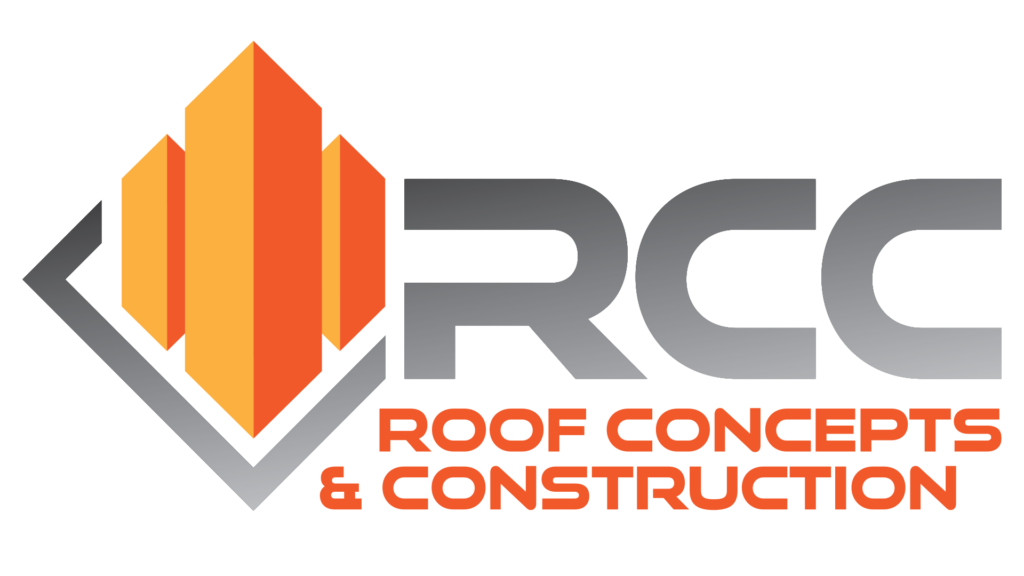Woman-Owned Business
Texas SBA Certified Woman-Owned Business
Roof Concepts & Construction: A Woman-Owned Business in Houston, TX

What is a Texas SBA Certified Woman-Owned Business
A Texas SBA (Small Business Administration) certification as a woman-owned business is a prestigious recognition that signifies our company’s ownership and management by a woman. This certification highlights our dedication to diversity and inclusion, as well as the expertise and skills we bring to every project we undertake.
At Roof Concepts & Construction, we believe that diversity fosters innovation and brings fresh ideas to the table. As a woman-owned business, we strive to create a supportive and inclusive work environment for our team members while delivering exceptional results to our clients.
The Roof Concepts & Construction Difference
Choosing Roof Concepts & Construction means partnering with a woman-owned business that goes above and beyond to meet your roofing needs. We bring next-level professionalism to the industry through effective communication, transparency, and building strong relationships with our clients. Our team of builders, with their expertise and attention to detail, works tirelessly to fortify your home and make your dream home a reality. We are involved in every stage of your home exterior project, ensuring quality, longevity, and your utmost satisfaction.
By choosing Roof Concepts & Construction, you not only support a woman-owned business but also contribute to the growth and success of local businesses in the community. We are proud to be a part of Houston’s vibrant business landscape and strive to make a positive impact through our work. Contact us today to learn more about how our woman-owned business can bring your roofing project to life. Let us exceed your expectations and deliver superior craftsmanship to fortify your home’s exterior.


